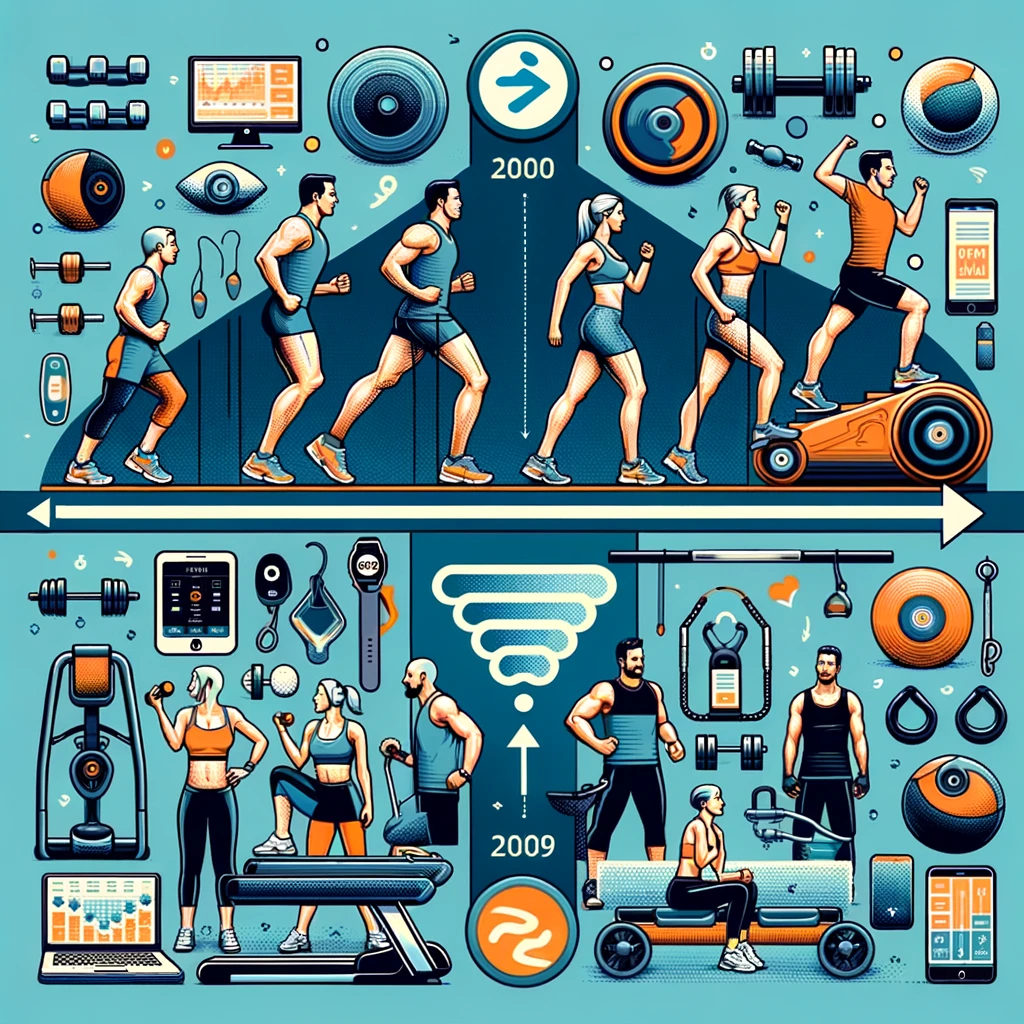Fitness, like any other industry, evolves and transforms with time. Over the past 15 years, I have witnessed remarkable changes in how we approach physical wellness. This journey from past trends to current practices offers valuable insights into what works, what doesn't, and how we can better tailor our fitness regimes.
Then: The Rise of Gym Culture
In the early 2000s, gym culture began to flourish. Gyms were not just places to work out; they were social hubs. The focus was predominantly on machine-based exercises and 'bodybuilding-style' workouts. It was all about lifting heavy, with less emphasis on functional fitness or holistic wellbeing.
Now: The Shift to Functional Fitness
Today, there's a greater emphasis on functional fitness – exercises that prepare the body for real-life movements and activities. This shift recognises the importance of strength, flexibility, and stability in our everyday lives. Workouts are now more varied and inclusive, catering to a wider audience than the traditional gym-goer.
Then: Low-Fat Diets and Calorie Counting
Nutrition advice in the early 2000s was dominated by low-fat diets and calorie counting. The mantra was simple – eat less, exercise more. However, this often led to unsustainable eating patterns and didn't always address the nutritional value of food.
Now: Holistic Nutrition and Mindful Eating
The narrative around nutrition has changed drastically. There's now a focus on the quality of calories rather than just the quantity. Diets are more balanced, with an understanding that fats and carbs are not enemies but essential nutrients. Mindful eating practices also encourage a healthier relationship with food.
Then: The One-Size-Fits-All Approach
Fitness programmes used to be quite generic. The same routines were recommended to everyone, regardless of their individual needs, lifestyle, or body type.
Now: Personalised Fitness Plans
There's now a recognition that fitness is not 'one size fits all'. Personalised training plans based on individual goals, strengths, and limitations are more effective. As a personal trainer, I spend more time understanding each client's unique needs to tailor a programme that works for them.
Then: Limited Technology in Fitness
Fitness technology was in its nascent stages. Heart rate monitors and basic pedometers were about as advanced as it got. This limited the ability to track and analyse fitness data.
Now: The Age of Fitness Technology
We are now in an era of advanced fitness technology. Wearable devices track everything from steps to sleep patterns, providing a wealth of data to optimise our fitness regimes. Apps and online platforms also offer greater accessibility to fitness resources.
Looking Ahead
The evolution of fitness is ongoing. As we move forward, it's essential to remain open to new ideas while holding on to the timeless principles of hard work, consistency, and a balanced approach to health and fitness.
In this ever-changing landscape, my role as a personal trainer is to guide my clients through these changes, helping them find what works best for them in their fitness journey.

